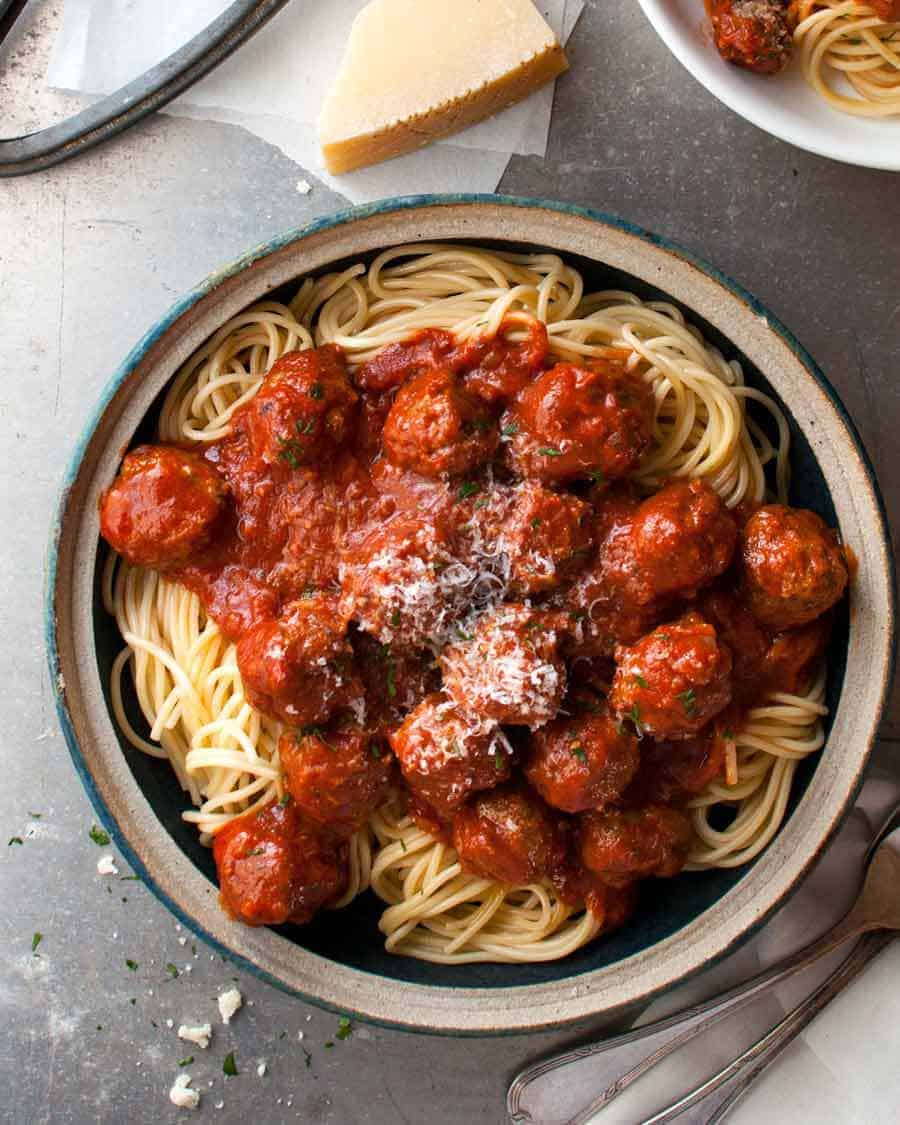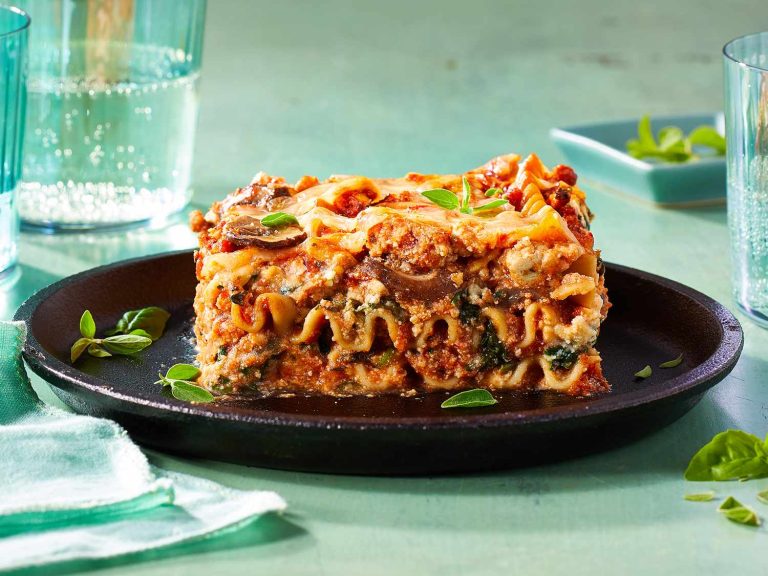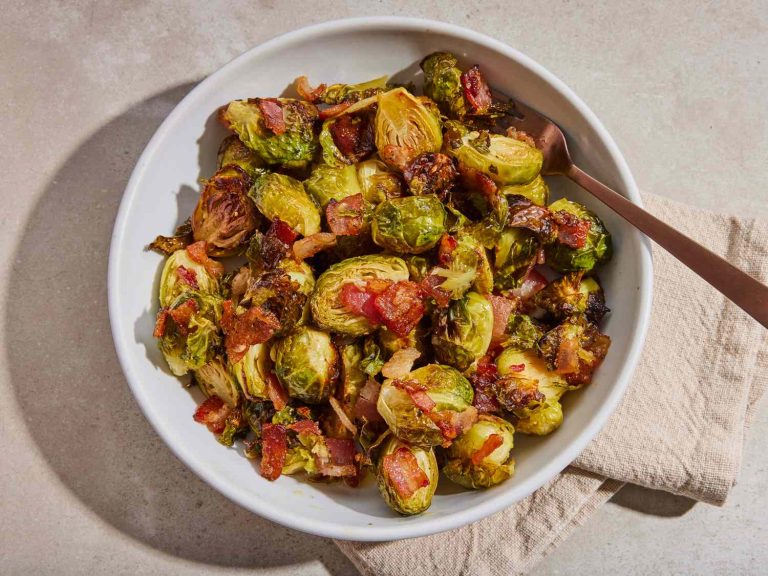Italian Spaghetti Sauce With Meatballs: Tips, Recipes, and Pairings
Spaghetti sauce with meatballs has roots in both Italy and America. In Italy, pasta sauces often vary by region, and meatballs, or “polpette,” are typically served as a second course, not with pasta. Italian immigrants brought their culinary traditions to America in the late 19th and early 20th centuries. Adaptations occurred due to available ingredients, leading to the creation of the iconic Italian-American spaghetti and meatballs dish. By the mid-20th century, this recipe became a staple in Italian-American households and a symbol of Italian cuisine in America.
Regional Variations
Italy offers diverse regional sauces and meatball recipes. In the northern regions, sauces may include cream, butter, and cheeses like Parmesan. Southern regions use tomatoes, olive oil, and garlic. For example, Neapolitan meatballs incorporate stale bread soaked in milk, while Sicilian variations might include pine nuts and raisins. Each region adds unique ingredients and techniques, contributing to the rich tapestry of Italian culinary heritage. In America, regional variations also exist based on local preferences and ingredient availability.
Key Ingredients for Authentic Italian Spaghetti Sauce With Meatballs
The Role of Tomatoes
Tomatoes are the foundation of any authentic Italian spaghetti sauce. San Marzano tomatoes, prized for their sweet flavor and low acidity, are the gold standard. These tomatoes come from the San Marzano region near Naples. They offer a rich, balanced taste that forms the base of the sauce. You’ll often find these tomatoes used whole, peeled, or crushed.
Meatballs: Beef, Pork, or a Mix?
Meatballs add the heartiness to spaghetti sauce. Traditionally, a mix of beef and pork is preferred for its balanced flavor and texture. Beef provides a robust taste, while pork adds a tender, juicy quality. Combining both produces the ideal meatball texture. Depending on regional or personal preferences, some recipes might include veal or use only one type of meat, but a blend creates the most authentic taste.
These key ingredients—tomatoes and a blend of beef and pork—are essential to crafting a classic Italian spaghetti sauce with meatballs, ensuring a rich, flavorful, and authentic dish.
Cooking Techniques for The Perfect Sauce and Meatballs
Simmering the Sauce
Simmer the sauce to extract maximum flavor from the ingredients. Use a heavy-bottomed pan to ensure even heat distribution. Combine San Marzano tomatoes, fresh basil, minced garlic, and a pinch of salt in the pan. Bring the mixture to a gentle simmer over medium heat, then reduce to low. Stir occasionally, allowing the sauce to thicken for at least 30 minutes. Longer simmering, up to two hours, develops depth in flavor. Add meatballs during the last 30 minutes of simmering for integration with the sauce.
Crafting and Cooking Meatballs
Begin by mixing equal parts ground beef and pork in a large bowl. For binding and added flavor, add breadcrumbs, grated Parmesan cheese, finely chopped parsley, minced garlic, and a beaten egg. Season the mixture with salt and pepper. Gently form the mixture into 1.5-inch balls to ensure even cooking.
Cook meatballs by browning them on all sides in olive oil in a large skillet over medium heat. This step locks in moisture and adds a rich crust. After browning, transfer meatballs to the simmering sauce. Allow them to cook fully in the sauce, absorbing its flavors. Ensure meatballs reach an internal temperature of 160°F (71°C) by using a meat thermometer for safety.
Pairing and Serving Suggestions
Best Types of Pasta for Italian Sauce With Meatballs
Spaghetti stands as the traditional choice for pairing with Italian sauce and meatballs. Its long strands allow the sauce to cling well and coat each bite. However, you can also use other pasta types. Linguine, similar in shape but slightly flatter, offers a variation while maintaining a classic appeal. Fusilli, with its spiral shape, traps chunks of meat and sauce, providing a different texture experience. Consider tagliatelle for a broader pasta option that holds thick sauces well. When cooking any pasta, ensure that it’s al dente to achieve the perfect bite.
Accompaniments and Side Dishes
Several side dishes complement Italian spaghetti sauce with meatballs effectively. A garden salad with a simple vinaigrette provides a refreshing contrast to the rich sauce. Garlic bread, with its buttery and crunchy texture, makes an excellent accompaniment for soaking up extra sauce. For a vegetable side, roasted asparagus or a medley of sautéed greens like kale and spinach can add a nutritious element. Additionally, serving a light Italian wine like Chianti enhances the meal’s overall flavor profile, balancing the dish’s acidity and richness.
Conclusion
Mastering the art of Italian spaghetti sauce with meatballs lets you bring a piece of Italy into your kitchen. By using authentic ingredients like San Marzano tomatoes and a blend of beef and pork, you ensure a rich and flavorful dish. Simmering the sauce with key ingredients and carefully crafting the meatballs elevates the overall taste, making it a memorable meal.
Pairing your dish with traditional or alternative pasta and complementing it with sides like garlic bread or a garden salad completes the experience. Whether you’re cooking for a family dinner or a special occasion, this classic dish will undoubtedly impress and satisfy. Enjoy the journey of creating and savoring this iconic Italian-American favorite.





